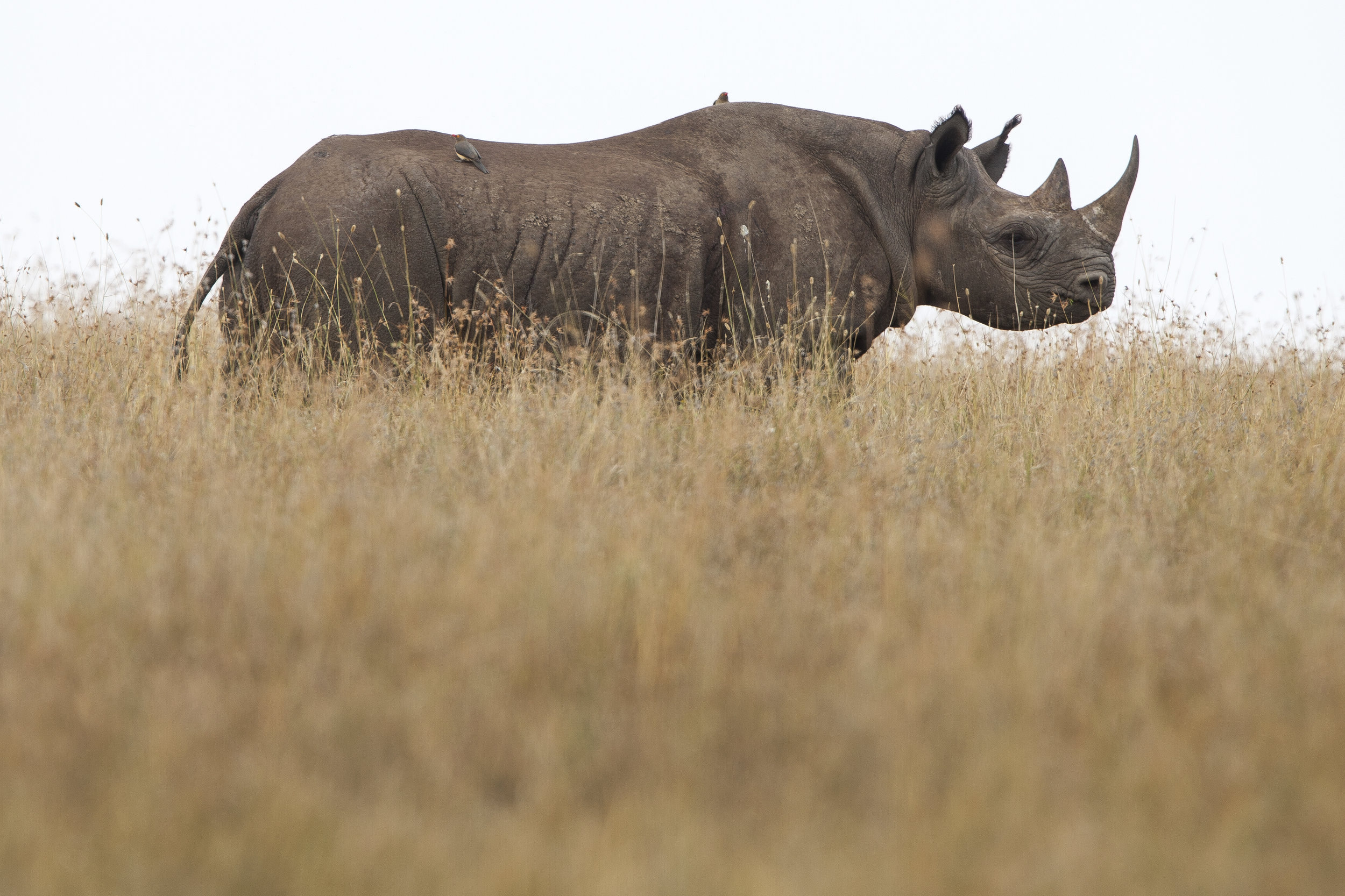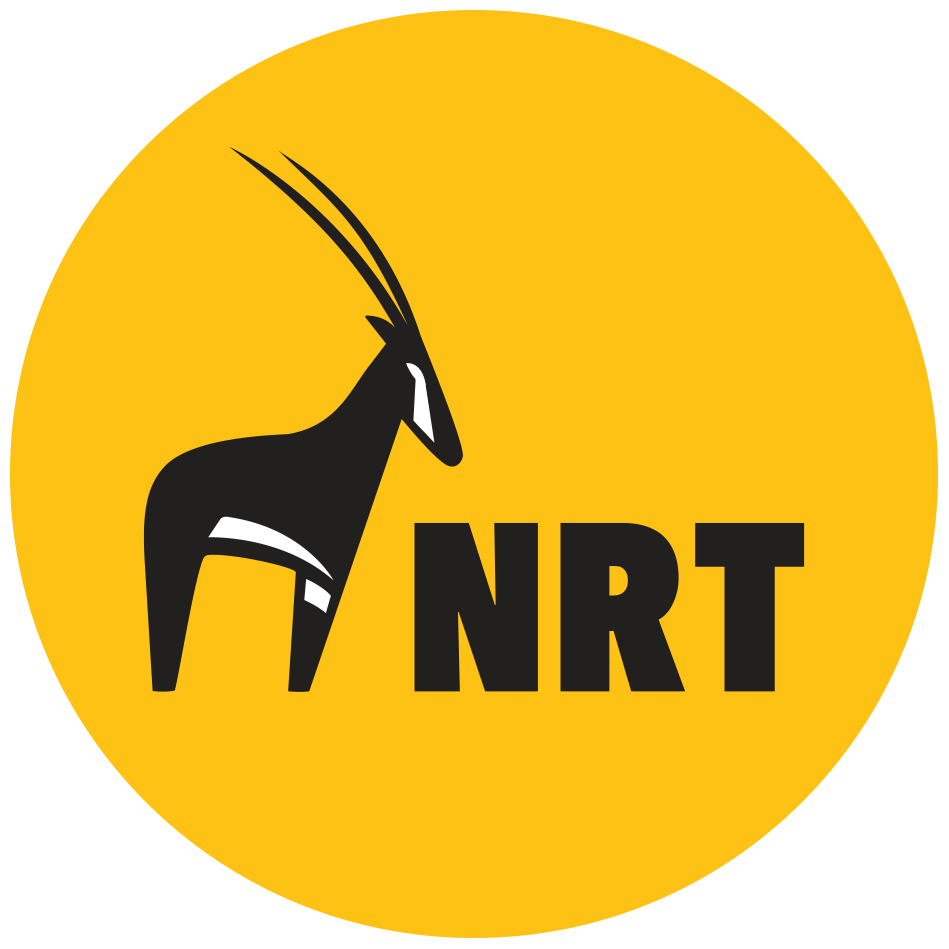
Wildlife and the ecosystems they inhabit are essential to our survival on Earth. Approximately 65% of Kenya’s wildlife lives outside government-protected areas.
In the NRT landscape, conservancies host a significant proportion of the national and global populations and provide vital range and landscape connectivity for 15 endangered and critically endangered species.
These conservancies are well-positioned to address wildlife threats such as habitat loss aggravated by climate change, poaching, human-wildlife conflict, and unplanned settlements, which cause rangeland degradation, destroying wildlife habitats, and cutting off critical wildlife corridors.
With improved community and wildlife safety, increased anti-poaching patrols and enhanced wildlife monitoring, poaching has declined, wildlife populations have grown and stabilised, and elephant range has expanded into previously insecure areas.
NRT’s community conservancy model not only promotes wildlife protection, but also the coexistence of wildlife and people, and the transformation of the lives of indigenous groups through community-based tourism.
Ivory poaching reduced to zero
There were no cases of elephants poached for ivory in NRT member community conservancies in 2023, a noteworthy achievement for the conservancies, coming off a peak of 103 poaching instances in 2012.

Endangered Species Recovery
In the NRT landscape, three member community conservancies are operating wildlife sanctuaries and spearheading community-led conservation of 3 critically endangered species, facilitating their recovery with the support of NRT and partners. The Sera Rhino, Ruko Giraffe and Ishaqbini Hirola sanctuaries are among just a handful of their kind in Africa, blazing a new trail for community-led endangered species conservation.
Hirola
The hirola (Beatragus hunteri) is the world’s most endangered antelope, with an estimated global population of around 500 individuals. It is endemic to the arid woodlands and savannahs of Kenya and Somalia. Since 2012, Ishaqbini Community Conservancy in Garissa County has been leading the recovery and protection of the species, through its hirola sanctuary, Kenya’s first community project of its kind.

Since 2013, the hirola population has grown steadily. In 2021, a drought hit northern Kenya, adversely impacting the critically endangered hirola in Ishaqbini Hirola Sanctuary.
Rothschild Giraffe
From 10 in 2021 to 18 in 2023, the population of the Rothschild’s giraffe (Giraffa camelopardalis rothschildi) in Ruko Community Conservancy, Baringo County, has steadily increased after the endangered species was successfully translocated between 2020 and 2021, from the disappearing Long’icharo Island on the eastern shores of Lake Baringo, to a 17.7 square kilometre sanctuary on Ruko’s mainland.

A survey in 2016 found that nearly 40% of Africa's giraffe population had been wiped out in one generation. With fewer than 97,562 of all nine subspecies left, they are now listed as near threatened by the International Union for the Conservation of Nature (IUCN), with less than 3,000 Rothschild’s giraffes left in Africa, 800 of which live in Kenya.
Ruko is currently home to 18 Rothschild’s giraffes.
Black Rhino
In 2015, Sera became the first community conservancy in east Africa (likely the whole of Africa) to establish a black rhino (Diceros bicornis) breeding sanctuary. A collaboration between the Kenya Wildlife Service, Lewa Wildlife Conservancy, the Sera community and NRT saw 10 critically endangered black rhinos reintroduced to Samburu ranges 25 years since the last individual was poached in the area.

Over the years, rampant poaching and habitat loss have led to the decline of the critically endangered black rhino population. There are approximately 6,487 individuals across Africa.
Sera Rhino Sanctuary
Not only did the establishment of Sera Rhino Sanctuary help to reduce capacity pressures in those areas (a growing problem for rhino sanctuaries in Kenya) but it also represented a shift in Kenya's endangered species conservation model - empowering indigenous communities to take the lead. With rhino horn worth more than gold on the black market, the poaching threat remains high for rhino sanctuaries across Africa. But there have been zero incidents of poaching in Sera since its inception, a testament to dedicated scouts and strong community support.
Having started with a founding population of 10, the Sanctuary has seen a 100% increase in black rhino numbers to 21. In early 2024, four white rhinos were translocated from Lewa Wildlife Conservancy to Sera rhino sanctuary, bringing the total population of rhinos to 25 rhinos.
Read more about Beisa Oryx, Grevy’s Zebra, pancake tortoise, the African wild dog, pangolin, primates, African savannah elephant and sea turtles on our 2023 Annual Report.
Innovation in wildlife monitoring


